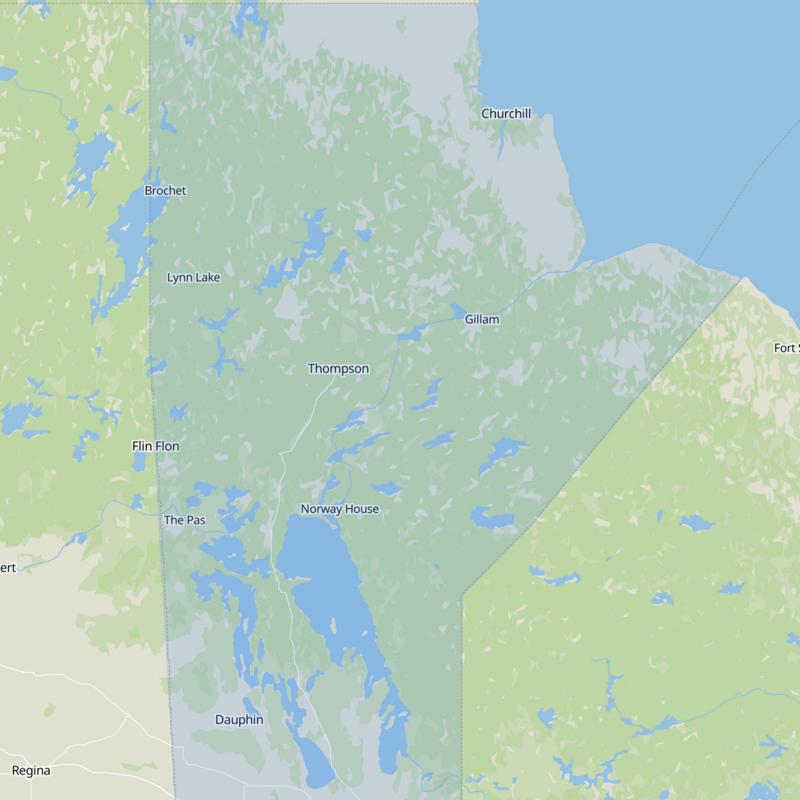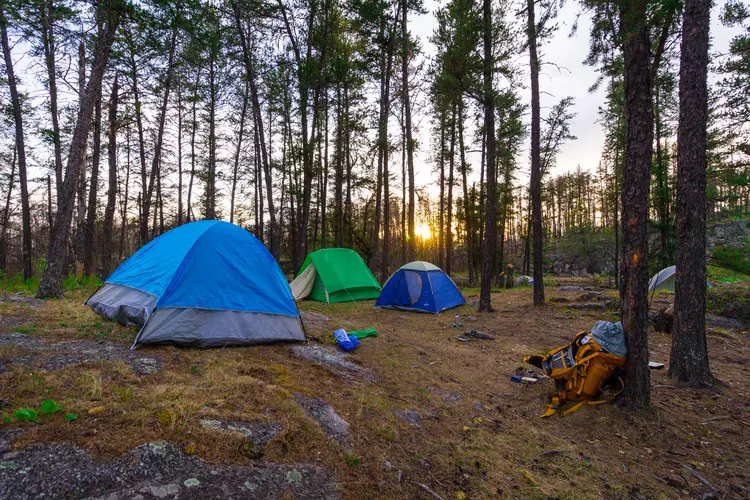"Discover Manitoba's enchanting wilderness, where diverse landscapes and serene trails invite unforgettable adventures."
Embark on an unforgettable adventure in Manitoba, where the vast prairies meet lush forests and serene lakes. Discover the rugged beauty of Whiteshell Provincial Park, with its granite ridges and tranquil waters, or explore the diverse landscapes of Riding Mountain National Park, home to wildlife and panoramic vistas. Manitoba's trails offer a unique blend of natural beauty and tranquility, inviting hikers of all levels to immerse themselves in the heart of Canada's wilderness.
Most popular hikes
FAQs about hiking in Manitoba








